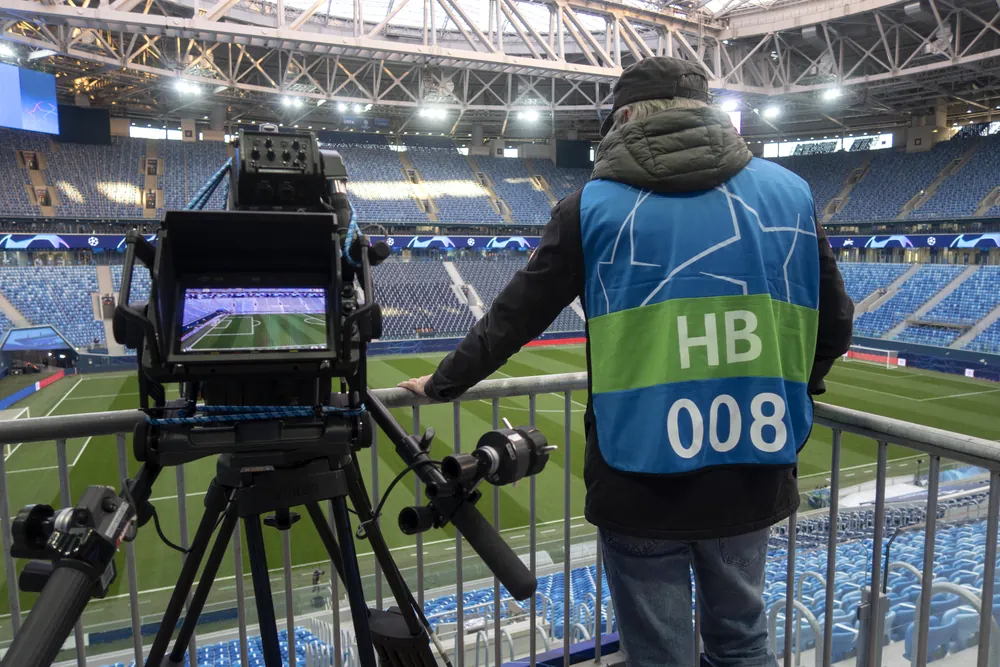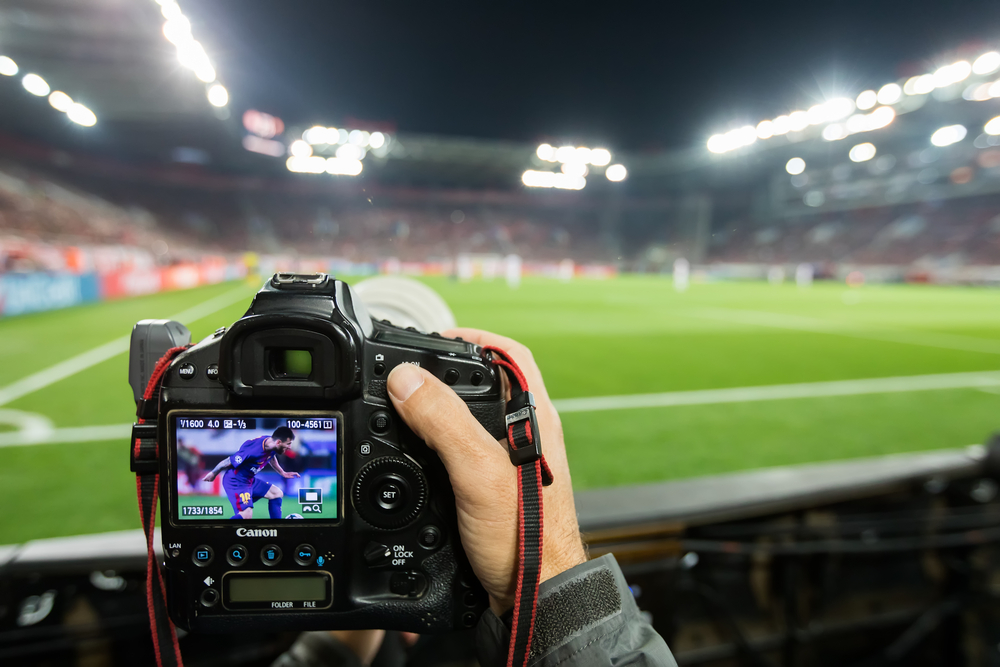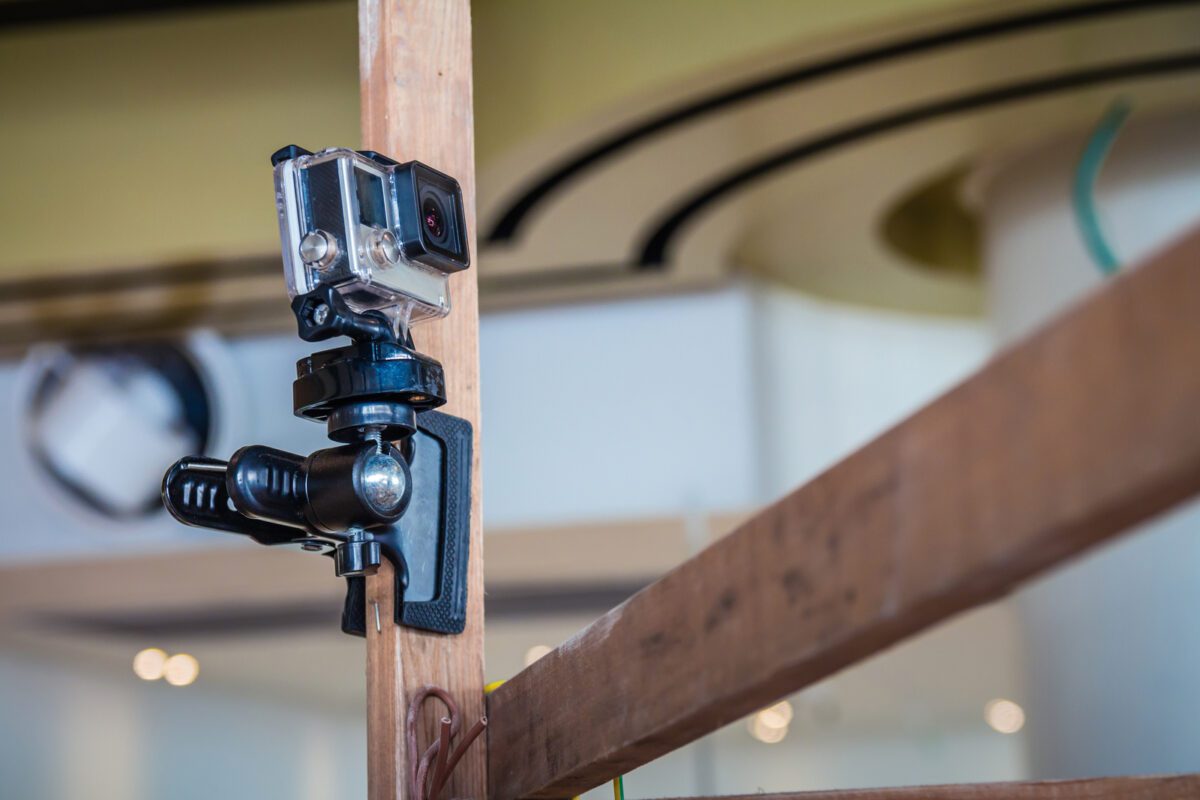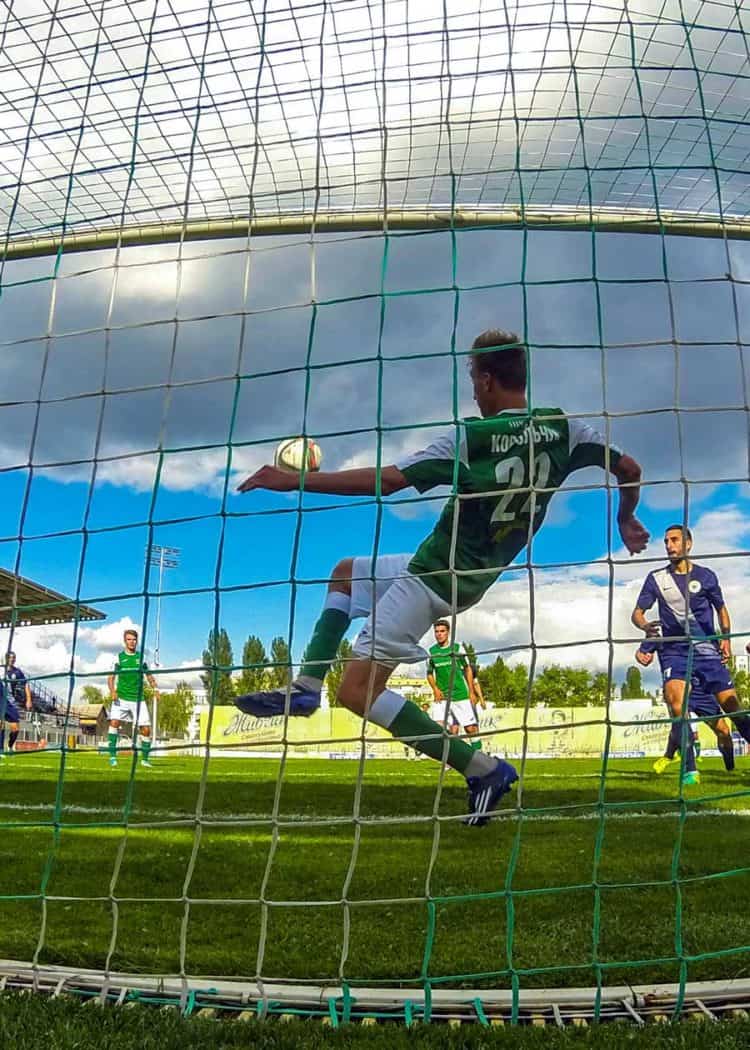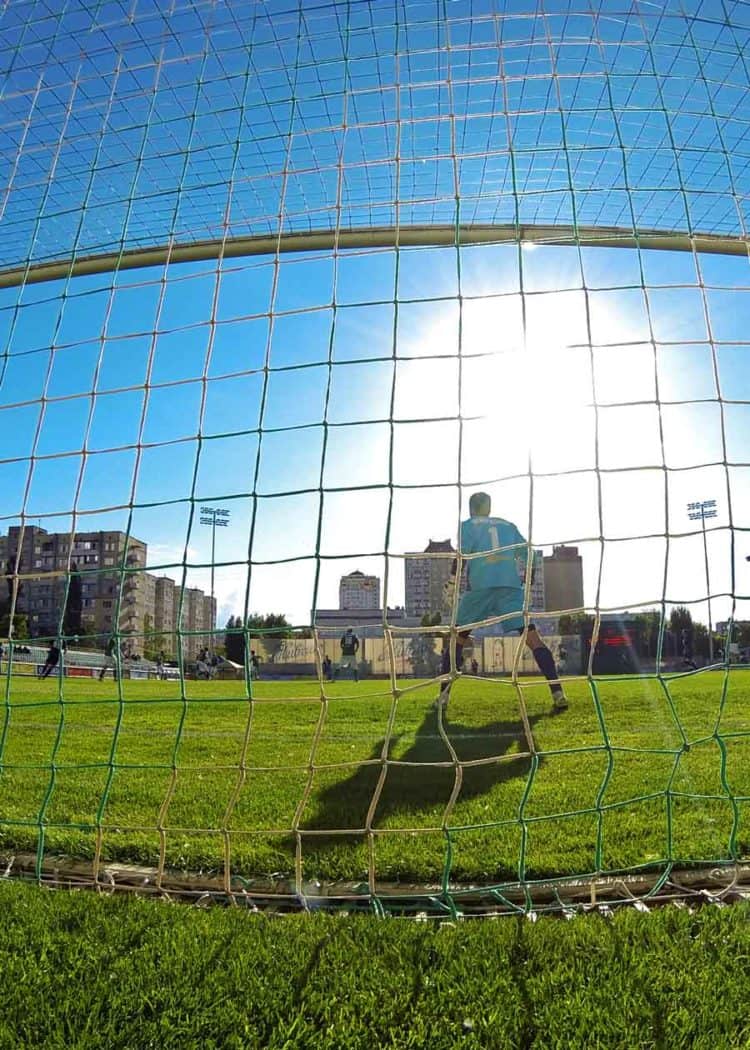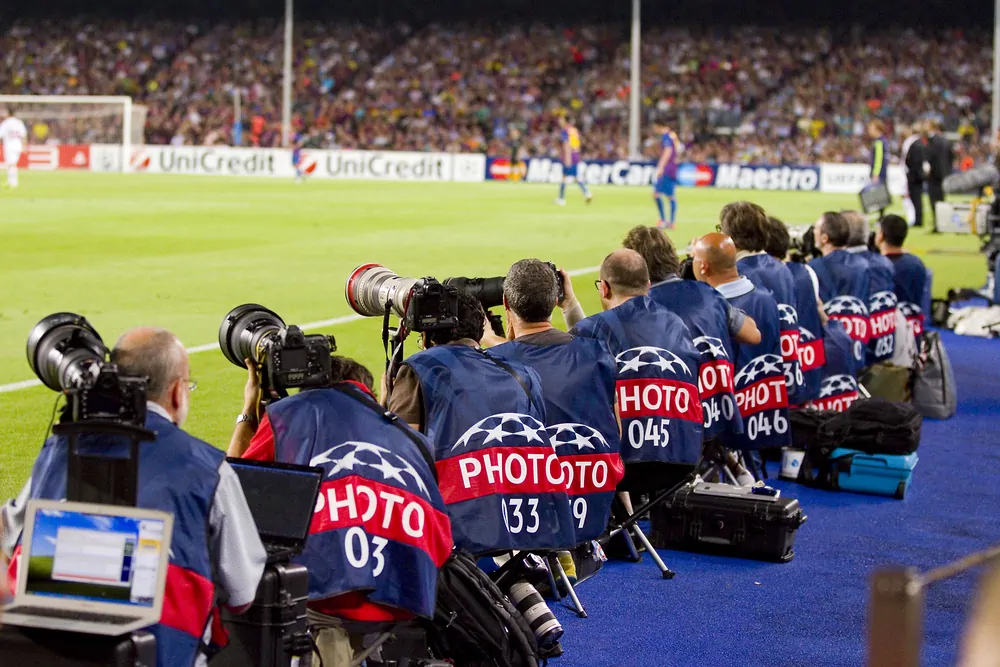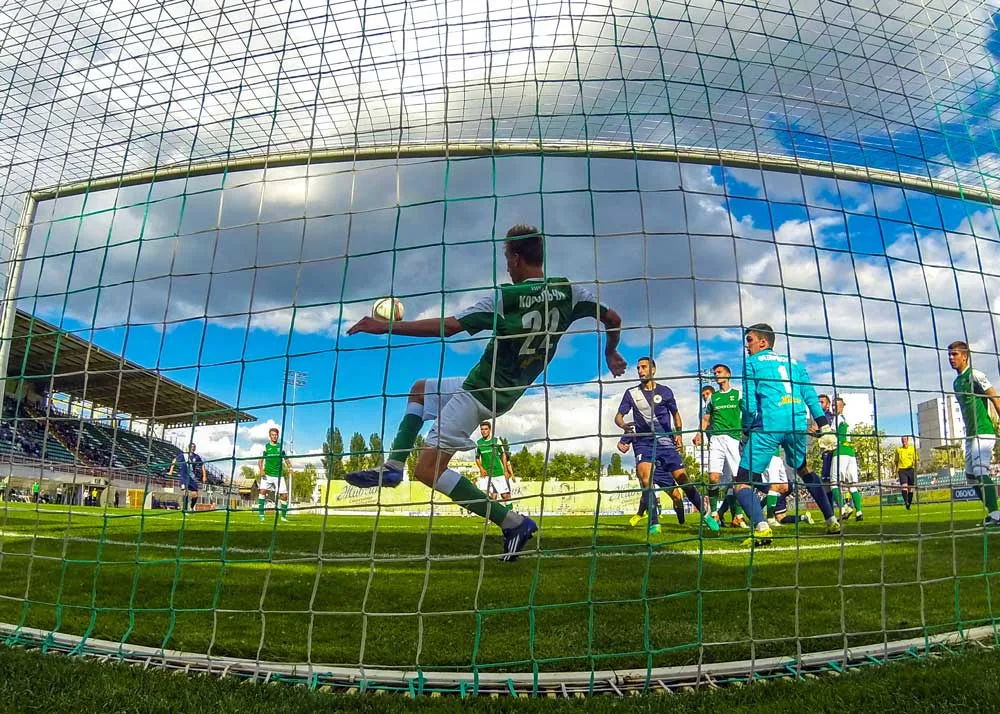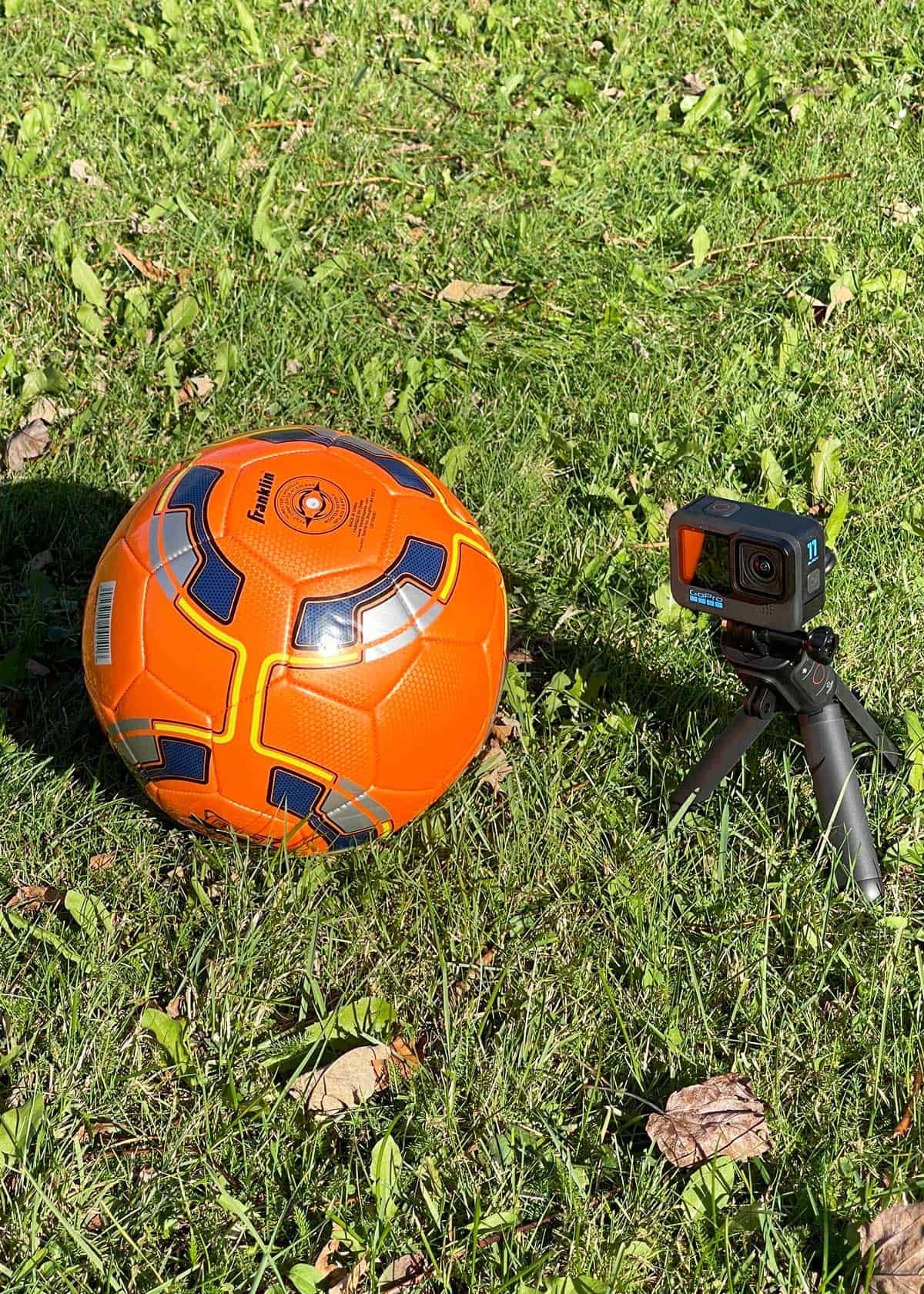How To Film A Soccer Game With A Gopro

Frustrated with shaky, amateur-looking soccer game footage? Learn to capture professional-quality video using just your GoPro and a few key accessories to immortalize every goal, tackle, and victory.
This guide provides a comprehensive, step-by-step approach to filming soccer games with a GoPro, ensuring optimal footage for players, coaches, and fans alike.
Gear Up for Success
First, you’ll need a GoPro (models like the HERO9 or later offer superior image stabilization). Consider purchasing additional batteries; filming an entire game can drain your power source quickly.
Invest in a high-capacity SD card (128GB or more recommended) to store hours of high-resolution footage. A tripod is essential for stable shots, especially for recording the entire field.
Finally, explore GoPro mounts like the Chest Mount or Head Strap for unique perspectives; however, consider safety and visibility for the wearer.
Mastering Camera Settings
Set your GoPro to 1080p resolution at 60fps (frames per second) for a balance of video quality and manageable file size. Higher resolutions like 4K can be used, but require more storage and processing power.
Utilize the SuperView or Wide lens setting to capture a broader field of view, ensuring you don't miss any of the action. Experiment with different Protune settings to fine-tune color, sharpness, and exposure.
Disable features like Looping and TimeWarp that are not suitable for recording live soccer games. Ensure your GoPro's firmware is updated to the latest version for optimal performance.
Strategic Filming Techniques
Position your tripod at an elevated location, such as the sidelines or bleachers, for a clear view of the entire field. Start recording before the game begins to capture pre-game warm-ups and team introductions.
If using a body mount, focus on capturing player movements and interactions rather than overall field coverage. Practice panning smoothly with the action to avoid jerky or disorienting footage.
Zooming with a GoPro is digital and reduces image quality; avoid zooming unless absolutely necessary. Remember to protect your GoPro from the elements, especially rain or direct sunlight.
Post-Production Polish
Download your footage to a computer and use video editing software like Adobe Premiere Pro, Final Cut Pro, or free alternatives like DaVinci Resolve. Trim unnecessary footage, such as breaks in play or accidental camera movements.
Enhance color, contrast, and sharpness to improve the overall visual appeal of your video. Add music or commentary to create a more engaging viewing experience.
Consider creating highlight reels of key moments to share with players, coaches, and fans. Compress your video to a manageable file size for easy sharing on social media or video platforms.
Safety First & Legal Considerations
Always obtain permission from the league, team, and venue before filming any soccer game. Be mindful of privacy concerns and avoid filming individuals without their consent.
Ensure your filming setup does not obstruct the view of other spectators or interfere with the game. Secure your GoPro and accessories to prevent accidents or injuries.
Check local regulations regarding drone use if you plan to capture aerial footage of the game. Understand copyright laws regarding music and other content used in your videos.
Next Steps
Practice filming different aspects of a soccer game (e.g., set pieces, attacks, defensive plays) to refine your technique. Experiment with different camera angles and mounting options to find what works best for you.
Share your videos with players and coaches for feedback and suggestions. Stay updated on the latest GoPro features and accessories to improve your filming capabilities.
The world of amateur soccer videography is constantly evolving; continue learning and experimenting to master the art of capturing the beautiful game.
